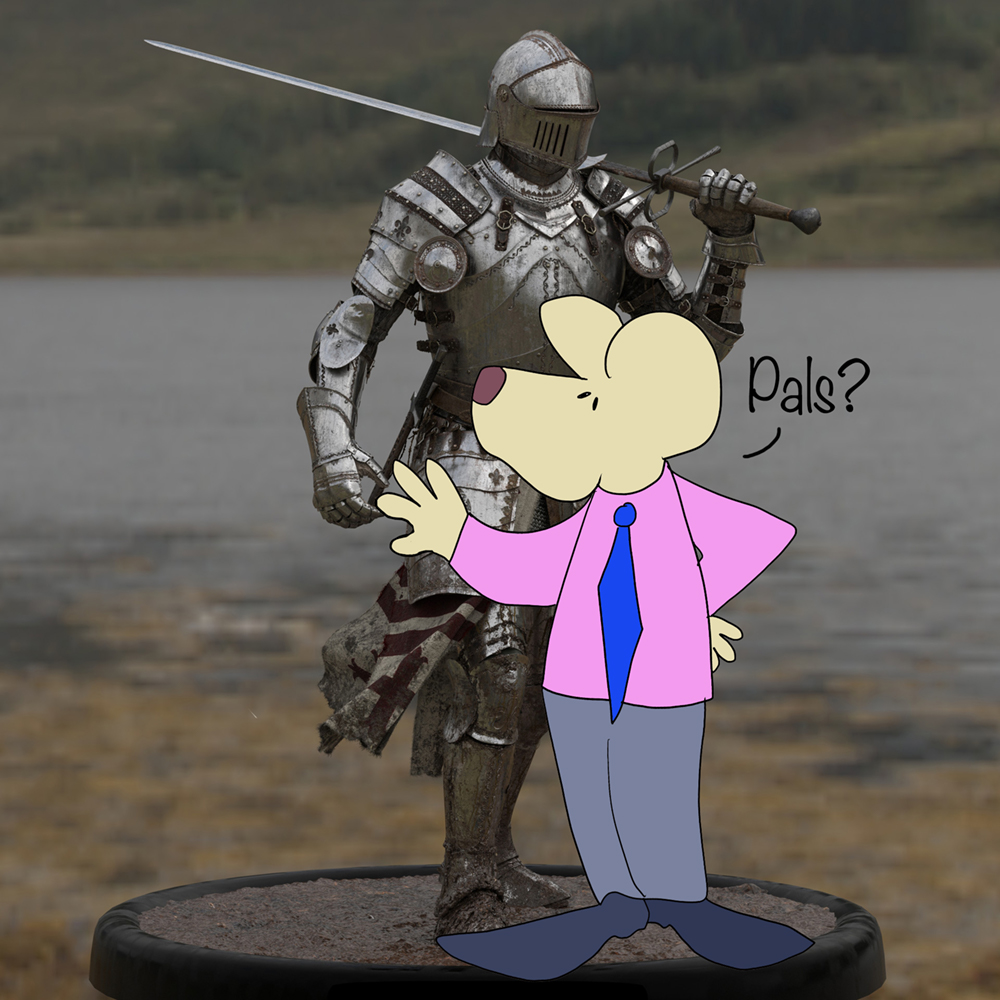
I’m reading a book now, which my friend Janet suggested. I can’t remember what the topic of discussion was here, on this blog, but she thought I would enjoy “Pillars of the Earth” by Ken Follett. I am about one third of the way through. It is a monster of a novel, my paperback version is 14 pages shy of 1,000. I believe they call this, “epic.” And, at my current “rate of speed” in reading, I will be finished sometime before her next grandchild is born.
It takes place during medieval times, which, if you ask me, are one of the all-time crazy-go-nuts periods in history. When people carry weapons on their sides, as a rule, other people are going to get hurt or killed. We’ve seen this time and again historically. We humans don’t seem to be able to learn from this. Anyway, that’s not my point.
Whenever I read a book, fiction, or non, I tend to want to learn more on the topic. Of course, now, my interest of the middle ages is peaked. People did things a lot differently back then. They built castles and cathedrals for one thing. Once again, the word “epic” comes into the discussion. Some of the works were decades, even hundreds of years in the building. Remarkable.
But here’s a nifty little fact about those medieval castles. The spiral staircases in those castles were built in the clockwise direction. Most always. The reason they did this was strategic. It gave the home team the advantage. The architects wrapped them around in a clockwise direction in order to disadvantage any enemies who might climb them. Put your sword in your right hand, as most people are right-handed. Now try to swing it as you ascend a staircase with the inner wall on your right. Not much room to get in the whole swing. In fact, it is downright difficult to do much with the sword at all. The designers were smart in forcing those swings to be inhibited by the inner wall of the clockwise circular spirals.
Not only did the clockwise spiral hinder attackers, it also favored the castle’s defenders. As they descended, they could swing their swords in arcs that matched the curve of the outer wall. And of course, that inner wall acted as a shield. However, if all these attacking guys got past the moat, over the drawbridge, and are now inside your castle, hacking away, you better be looking for the secret back entrance and grab as much gold as you can on the way out. You’re going to need it while you are in hiding for the rest of your life.
While you are running away, you might take not of how you do this. Humans walked differently back then too. The medieval step was much more toe-focused. These days, we wear good shoes, and strike the ground with the heel. But those medieval European walking folk stuck out their feet like little prancy ballerinas. They would touch the ball of the foot down on the ground first before putting their full weight down.
They used this lighter step to feel any potential obstacles that might be there, before landing the entire foot down on it — like a jagged rock, a piece of broken wood, a snake. Touching your toe first makes it easier to lift your leg back up and avoid stepping down harder on that broken shard, or bitey snake.
Around 1500, people began to wear more structured shoes. We became heel strikers. It is easier to walk that way, and humans generally try to find an easier way. Always.
Either way, we can see how these things continue to influence our lives today. As with all things, the direction of our paths, is always affected by whose side we are on. Going clockwise might be very good for one person, and very bad for another. If we find it is detrimental to us, we may need to find a different direction, even back it up.
And, whether we do it with our toes, or our hearts, or a crown-wearing noggins, feeling our way as we go might be a good thing. Taking our time, looking for obstacles, knowing when the path is clear for us to proceed. Not stepping on the bitey snake.
We search, we learn, and we advance.
=========
“The mind picks some very bad times to take a walk doesn’t it?”
― Jeff Lindsay, Darkly Dreaming Dexter
========
“As you start to walk out on the way, the way appears.”
— Rumi
========
“Walk as if you are kissing the earth with your feet.”
— Thich Nhat Hanh
========